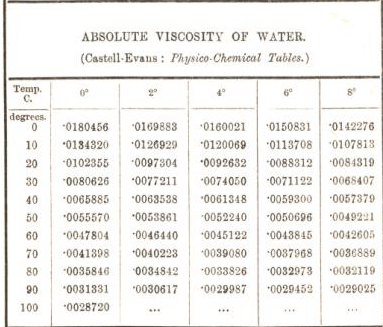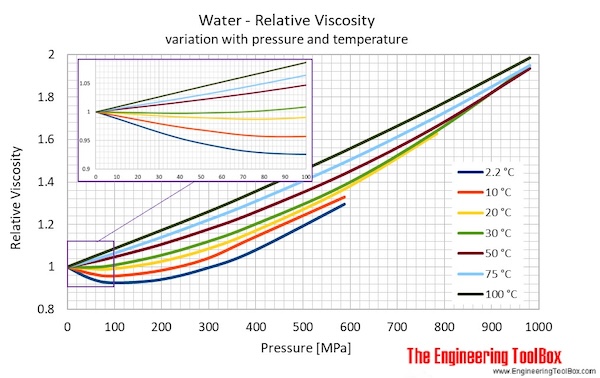
When non-Newtonian liquids are exposed to different conditions, they change viscosity. The rotational viscometer is especially useful in measuring non-Newtonian liquids. Viscosity is evaluated by measuring the force or torque needed to rotate the probe. In a liquid sample, this instrument rotates a probe. The key differences between viscosity and density are given in the following table.Ī rotational viscometer is one of the more popular types of instruments, and it is used to measure dynamic viscosity. I believe that through this example, you were able to understand what viscosity density is. Not only the liquid does, but air also has a viscosity that varies with temperature. So, the friction caused is called viscosity. Well, it is because there is friction between the two layers and this friction hampers the fast flow of fluid, i.e., oil and the pickle pieces. You might have wondered why this happened? Ummm, quite yes! Let’s suppose that you have a big jar of pickles and want to transfer some pieces of it into the small jar, you would notice that the layers of oil come along with each piece and it takes a bit of time to reach another jar. Now, let’s understand an example of a pickle. So, when we differentiate in terms of the distance each particle bears from another particle in a fluid, then it is density. At the microscopic level, honey has tightly bound particles, whereas water has particles that are far apart. Consider fluid A as honey and another as water. Now, let’s take a look at another example. Now, let’s understand how viscosity is related to density.

In the above example, we took two fluids viz: hair oil and milk. So, why do we consider these terms as different when both of these carry the same meaning? Here, we would notice that the milk takes less time as compared to the hair oil, do you know why? It’s because the hair oil is more viscous or it is denser than the milk. Now, let’s compare the two by pouring them into another container by switching on the timer.

One is hair oil and another is milk, each of these is filled in one container.


 0 kommentar(er)
0 kommentar(er)
